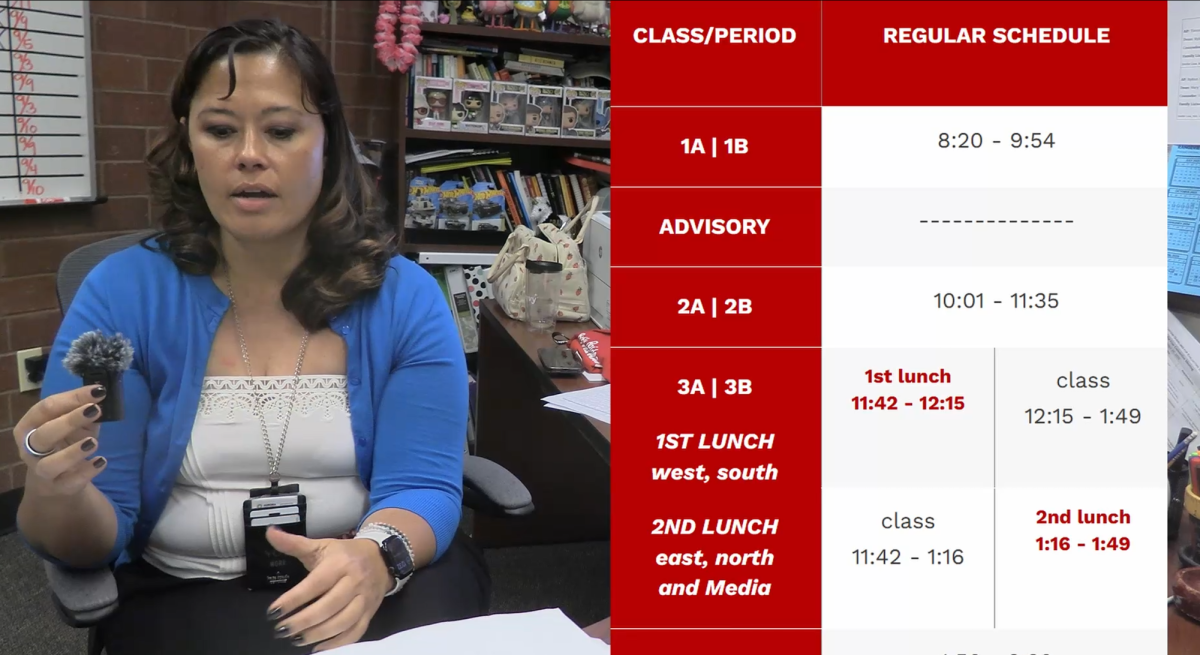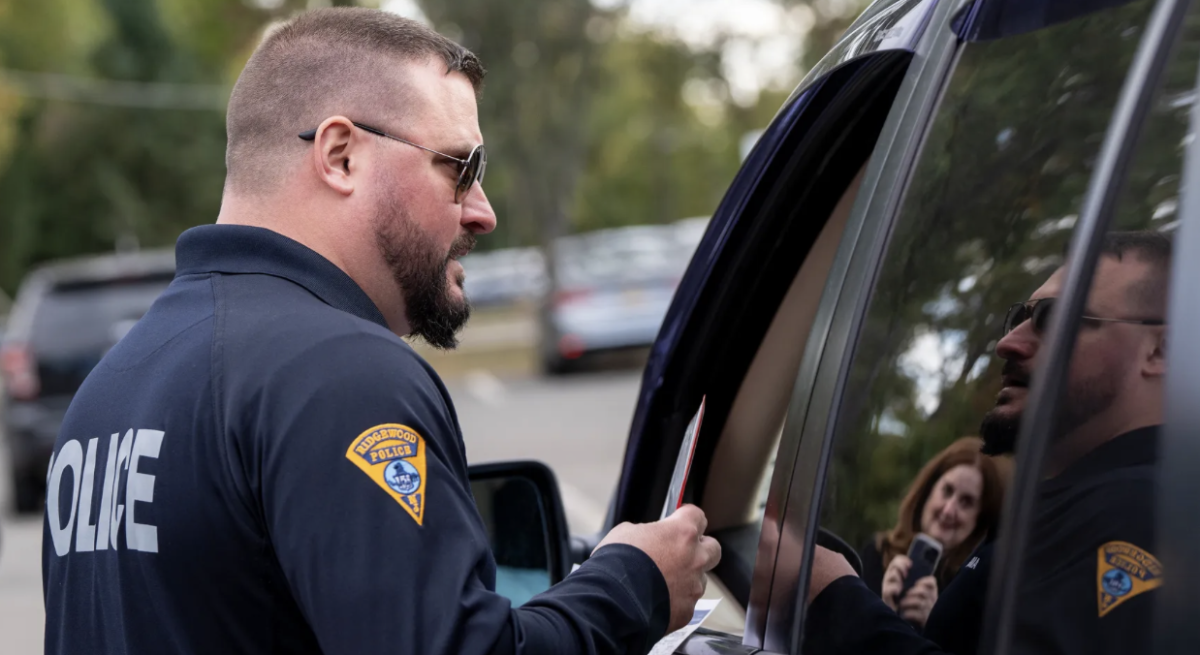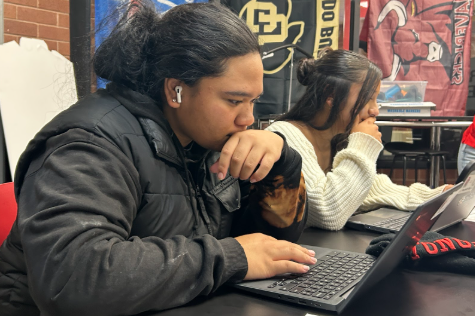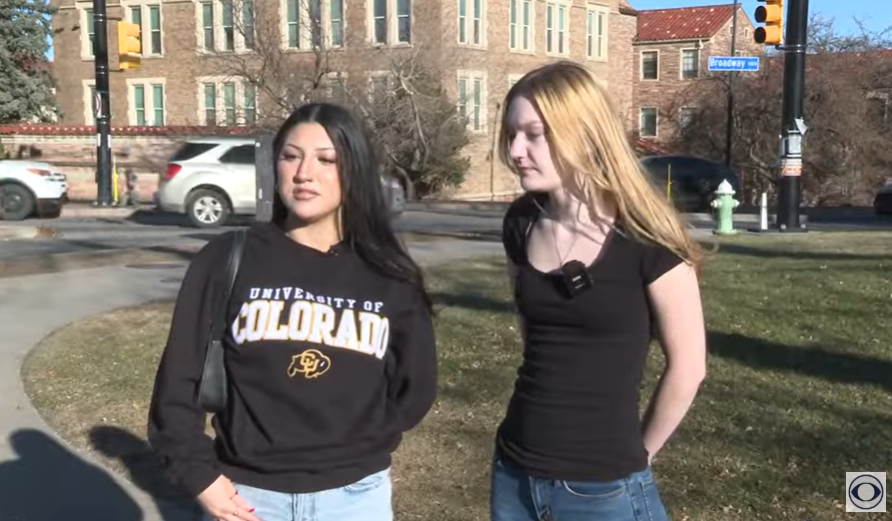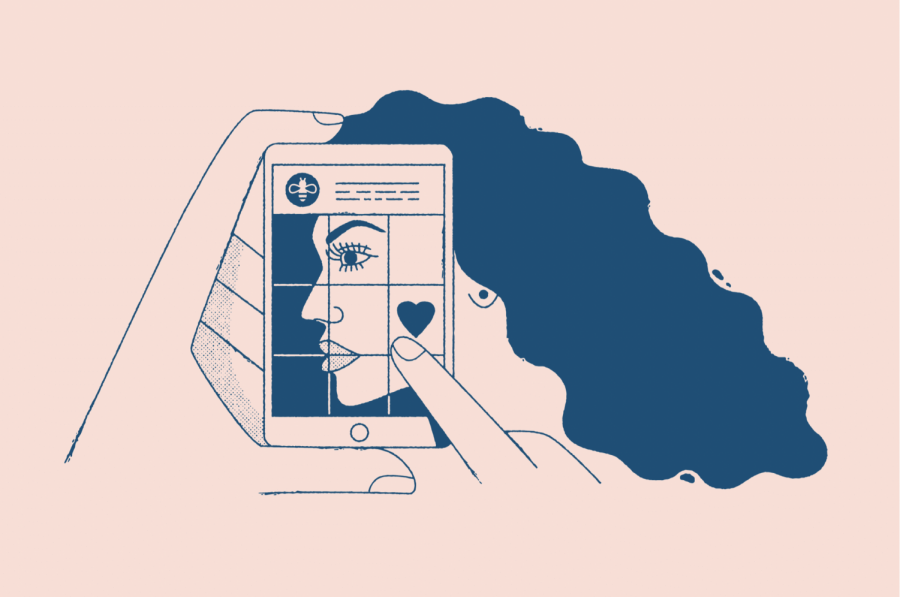Feature Photo By: Caroline Smith – Sophomore Angela Turner plays her guitar and sings along. Playing the guitar helps Turner take her mind off of things.
It’s normal to feel sad every once in a while. But, constantly feeling sad and down raises red flags.
Depression can affect anyone, whether it’s passed down or you’ve experienced something traumatizing that has affected your life.
Everyone has chemicals in their brain that are responsible for mood, so when something happens to cause a chemical imbalance in your brain, it could very well be a cause of depression.
A therapist, who wished to stay unnamed, from Family Life Counseling (FLC) said, “There can be many causes that trigger teen depression. Brain chemistry and hormones play a part. Depression can also be common in families as an inherited trait.”
Here are some different types of depression:
This is also called clinical depression and is a general term for depression. Symptoms include not being interested in regular activities, having a sad/depressed mood, getting no sleep or sleeping a lot, not eating a lot or eating too much, feeling worthless/hopeless, having suicidal thoughts, and so forth. If symptoms like these have occurred for more than two weeks, it may be diagnosed as MDD.
Also known as dysthymia, this type of depression includes most of the symptoms as MDD, but found to be not as harsh. To be diagnosed with dysthymia, a person must experience the symptoms for over two years — for adults that is. Children have to experience it for one year. Basically, this depression isn’t as severe because it’s an everyday kind of thing and might be experienced in episodes of MDD. With MDD, it’s usually not every day. Dysthymia can be mild to severe, it just depends on the person.
Postpartum depression is when mothers who are pregnant experience depression after pregnancy. This type of depression can have many different effects and symptoms like crying, difficulty crying, and being tired. Mothers have to figure out whether it’s the regular “baby blues” or serious depression. The postpartum depression can last to up to a year starting three weeks after the delivery.
Bipolar disorder is a type of depression that makes a person feel cheerful to depressed in short amount of times. This can be extreme for a person when jumping back and forth from extremely depressed to hypomania, which can lead to mania. Additional symptoms include lethargy, insomnia, unexplained aches and pains, hopelessness, and self esteem issues.
This type of depression occurs during the winter season. If you usually don’t feel depressed during the other seasons, but depressed when winter rolls around, then you are experiencing what is called seasonal affective disorder. When your body is disrupted from its regular patterns, it can make you feel depressed. Throughout the seasons, the lighting changes, which is a big trigger for depression. Some symptoms include increased sleep and appetite, irritability, and heaviness in legs and arms.
- Atypical Depression
This type of depression is where a person usually experiences symptoms like overeating and sleeping too much, but suddenly feel temporary happiness when something positive happens. Other symptoms include excessive weight gain, feeling weak, having heavy limbs, and being sensitive to rejection.
The above six types of depressions are the most common, but there are still many other types of depression.

“Feeling sad at one time or another is normal. It is a common human emotion,” said FLC therapist. “Feeling persistently sad or feeling sad for no apparent reason may actually be depression.”
When does regular sadness become depression — why is this happening? What are some signs?
One common reason for the cause of depression is a traumatic event. Teenagers minds are still developing, and if someone experiences something horrible, it can negatively impact the growth of minds by making the mind vulnerable to depression.
One of the counselors at Rangeview, Arlene Lanier, said, “When kids come to the counselors, we first try to identify the source of the sadness and also give them an opportunity to share whatever details they feel comfortable with regarding their depression.”
She goes on to say some common symptoms of depression are exhaustion, decline in appetite, decline in academic performance and attendance, avoidance, aggression, and a lot of crying.
“Stressors are definitely some reasons students feel depressed. Those could be academic, personal, or social stressors — sometimes it’s sports related or relationship related,” Lanier states.
Academics can be a huge part in causing depression in teens. High school can cause stress and lead to depression.
Lanier said, “I think stress usually heightens the sadness and the depression. It can complicate it because when students can’t concentrate and focus, it’s hard to manage your emotions.”
Lanier went on to say that being a high school student is a primary contributor to depression for teenagers today. She then dives into how social media is a another source of depression.
A majority of people have some type of social media whether it be Snapchat, Instagram, Facebook, Twitter, and so on.
When using social media, people can get negative responses in regards to what they’re posting, or more attention about what that person is dealing with. This makes it even harder for someone to deal with depression because of how much negative/positive attention that person is getting.
Angela Turner is a sophomore at Rangeview. She is on the varsity cheer team for the second year now and it has become an important aspect in her life. Additionally, she plays the guitar and sings.
Turner talks about how these things make her happy and says, “When I’m feeling down, my guitar just seems to call out to me. When I strum and pluck the strings my voice just sings along. It’s like playing music and singing was meant to be my happy place.”
Tammy Wollbrinck, the school’s nurse, goes back to some symptoms of depression.
She says, “When students come in here, you can tell by the way they’re acting. They’re looking down or just seem sad, or sometimes I’ve had them come in crying. Sometimes they’ve come in feeling like they can’t breathe because they’re so depressed.”
So what can someone do if feeling depressed?
One thing a person can do is talk to people that they trust, whether is be close friends, a parent, a teacher, or their designated school counselor.
FLC therapist said, “Not feeling alone is important, build a positive support system made up of friends, family, and positive adult mentors and reach out to them.”
Rangeview counselors:
Kyle Hirsch: Last names A-C
Teresa Simoneau: Last names D-H
Linda Moriarty: Last names I-M
Joe Eck: Last names N-Sa
Arlene Lanier: Last names Sb-Z
To add, you can reach out to many hotlines and download apps to talk to therapists.
National Suicide Prevention Hotline: 1-800-273-8255
National Hopeline Network: 1-800-442-4673
Disaster Distress Helpline: 1-800-985-5990
Colorado Crisis Service (Aurora Mental Health): 1-844-493-8255
“I think the biggest thing is that students just need to always remember it can get better,” says Wollbrinck. “And don’t let the depression overwhelm them because there’s ways to make it better and it will get better.”
It’s important to learn to cope with depression and find positive, happy things to increase self-esteem and help your mindset throughout each day.


